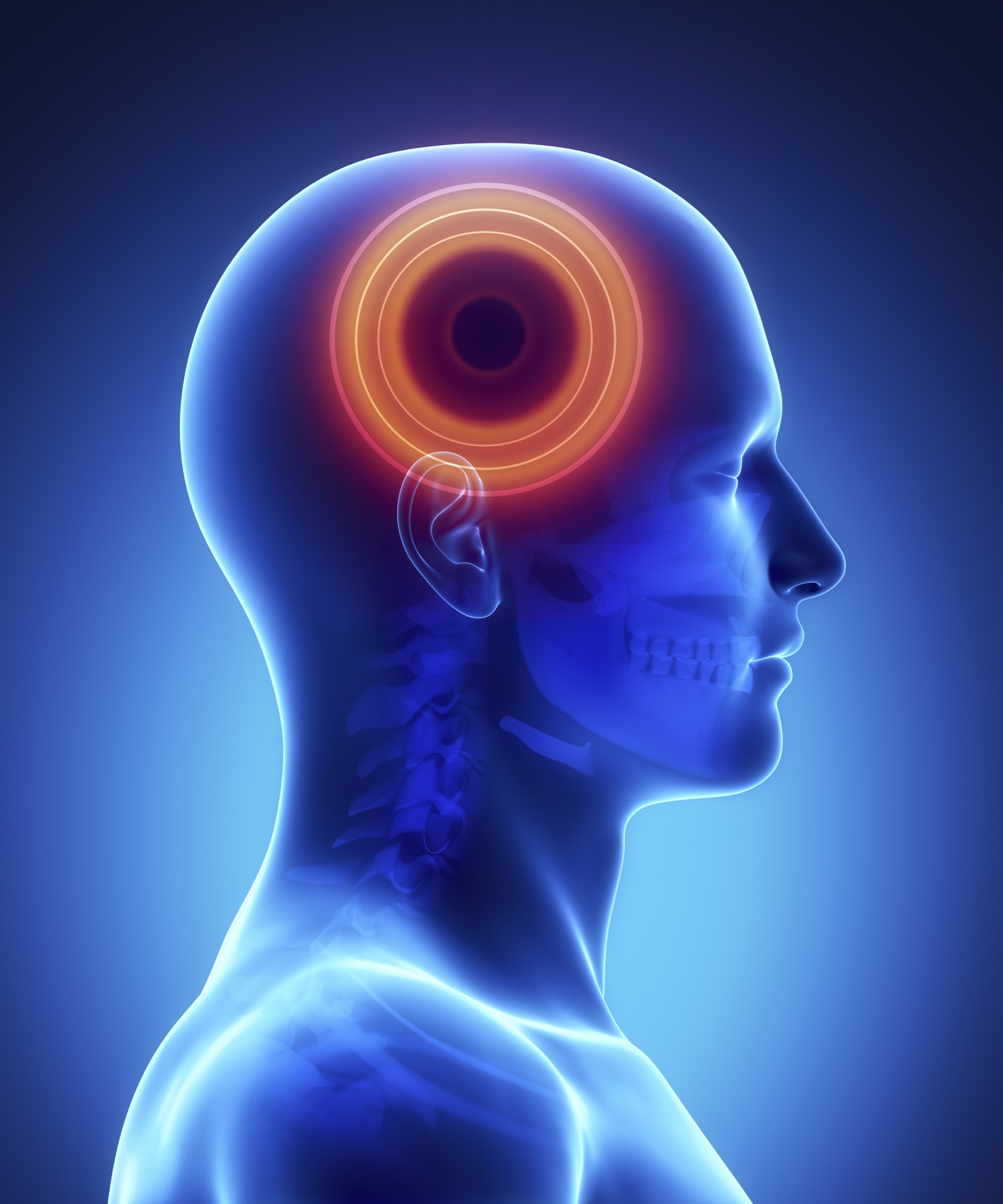From the establishment of Metropolitan Hospital, the Neurophysiology Department is fully equipped with the latest medical equipment and is staffed by qualified medical and nursing personnel for conducting all the tests necessary to study the nervous system and its functions, as well as certain therapeutic procedures.
DIGITAL VIDEO / ELECTROENCEPHALOGRAPHY / VIDEO EEG
Along with brain mapping
- In adults and children regardless of age
- Simple and sleep
- Diagnosis, classification and monitoring of epileptic seizures
- Investigation into cases with spasms, episodes of loss of consciousness, other transient disorders
- Memory disorders / cognitive functions
- Encephalopathy, encephalitis
ELECTROMYOGRAPHY (EMG)
It includes electroneurography with skin surface electrodes and electromyography with disposable needle electrode
- In adults and children regardless of age
- Investigation of lower back pain, sciatica, neck pain, ache, numbing, extremity weakness, and determination of the severity and prognosis of nerve root disorders, arm and lumbosacral plexus, peripheral nerves, muscles (such as herniated disc, carpal tunnel syndrome, ulnar neuritis, traumatic injuries, polyneuropathy due to inflammation diabetes, toxicity, myopathy, myositis)
- Diagnosis of myasthenia and myasthenic syndrome with repetitive nerve stimulation (Desmedt test) and a single fiber EMG
- Study of facial nerve with electromyography and blink reflex
- Sympathetic skin response for the autonomic nervous system
- Quantitative electromyography, primarily to diagnose myopathy and myositis
EVOKED POTENTIALS
For the study of the Central Nervous System, and compressing or demyelinating brain and spinal diseases in adults and children
- Visual evoked potentials
- Brain stem auditory evoked potentials
- Somatosensory evoked potentials
- Magnetic stimulation motor evoked potentials
BOTULINUM TOXIN INJECTIONS
- Under electromyographic guidance for treating spasticity and dystonia in adults and children, e.g. cervical dystonia, writer and musician’s cramp, hemifacial spasm, clubfoot, spastic hemiparesis.
VIDEO / TELEMETRY
- Hospitalization and Video EEG recording (Diagnostic Video Telemetry) for 1-3 days for the purpose of recording paroxysmal disorders or epileptic seizures to determine their cause and to classify the epileptic seizures
- Extended hospitalization and Video EEG recording (Preoperative Video Telemetry) for 3-5 days for the purpose of recording epileptic seizures, assessing suitability and prepping the patient for the epilepsy surgery program
- Sleep study (polysomnography) and Multiple Sleep Latency Test (MSLT) for the diagnosis of neurological sleep disorders and their distinction from epilepsy, e.g. narcolepsy, sleep behavior disorder, parasomnia, sleep walking, periodic limb movement disorder, excessive daytime sleepiness
HOW TO PREPARE FOR THE TEST
- Wash your hair for the electroencephalography and the evoked potentials test, but do not use any hair products. We use a gel to stabilize the electrodes, so you will need to wash your hair again to remove it.
- Ask for instructions from the staff for the sleep electroencephalography.
- For the electromyograph, do not use cream or cosmetics on the testing area.







































